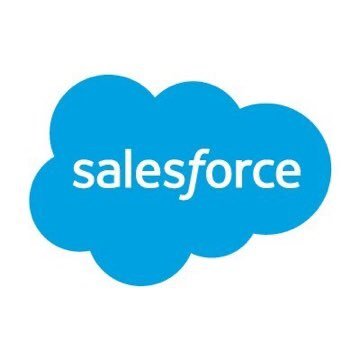
Salesforce Data Analyst (Engineering) Case Interview — Customer 360 Product & Revenue Insights
This case mirrors Salesforce’s collaborative, customer-obsessed interview style and focuses on Product & Revenue Analytics across the Customer 360 stack (Sales Cloud, Service Cloud, Slack, Tableau, and Data Cloud). You will diagnose drivers behind a softening Net Revenue Retention (NRR) in the Enterprise segment following a Slack + Sales Cloud feature rollout, then propose metrics, analyses, and experiments that align to Salesforce’s V2MOM planning and Trust-first principles. What you’re given: - A lightweight schema and sample rows derived from Customer 360: - accounts(account_id, segment, industry, region, acv, renewal_date) - opportunities(oppty_id, account_id, stage, amount, is_new_logo, is_expansion, close_date) - opportunity_history(oppty_id, stage, stage_start_ts, stage_end_ts) - cases(case_id, account_id, opened_ts, closed_ts, channel, csat) - product_seats(account_id, product, seats_purchased, seats_active, first_activation_ts) - feature_events(account_id, user_id, feature_name, event_ts, source = {slack, web}, is_slack_connect) - A prompt stating NRR has dipped 3–5% QoQ in Enterprise; leadership wants root causes and a 60–90 day action plan. What you’ll do (typical flow used at Salesforce): 1) Clarify objectives (5 min) - Translate the business question into success metrics: NRR, GRR, expansion/contraction rates, 30-day seat activation, time-to-first-value (TTFV), case volume per active seat, CSAT. - Align to V2MOM: articulate Vision, explicit Metrics, and immediate Methods; call out Trust, privacy, and data governance expectations (e.g., Shield encryption, row-level security in Tableau). 2) Data strategy and SQL reasoning (20 min) - Sketch queries to compute: (a) logo/expansion/contraction breakdown of NRR; (b) conversion funnel by stage with time-in-stage from opportunity_history; (c) activation and weekly engagement cohorts from feature_events; (d) support load (cases per 100 active seats) and CSAT by segment/industry. - Handle real-world concerns: late-arriving events, SCD-like stage histories, timezone normalization, deduping users across Slack and web identities, PII minimization/anonymization. - Identify quality checks and lineage: null/duplicate rates, reconciliation to booked revenue, and notes on how this would productionize via MuleSoft/ETL and Data Cloud. 3) Insights and hypotheses (10 min) - Segment by industry, region, ACV, and Slack Connect adoption. Form 2–3 hypotheses (e.g., low Slack Connect penetration correlates with slower activation; longer time-in-stage for Enterprise Procurement drives missed expansions; high case load depresses seat expansion). - Prioritize via expected impact vs. effort and customer impact. 4) Visualization plan in Tableau (15 min) - Outline a one-pager: top-line NRR/GRR with contribution waterfall (new, expansion, contraction, churn), activation cohort heatmap, stage time box plot, support load vs. CSAT scatter, and Slack Connect adoption map. - Specify calculated fields (e.g., Activation_30d = seats_active within 30 days / seats_purchased) and recommended filters (industry, region, is_slack_connect, product). 5) Experimentation and recommendations (5–10 min) - Propose a Slack-first guided-selling experiment to raise expansion: target = Enterprise accounts with sub-70% 30-day activation; primary metric = expansion ARR; guardrails = CSAT, case rate, latency. - Outline sample size/power at a high level, test duration, success criteria, and how to roll out progressively. 6) Executive readout (last 5–10 min) - Deliver a concise narrative: the problem, key drivers, recommended actions, expected lift, risks, and next steps. Use clear trade-offs and customer impact framing. Expect collaborative probing ("What would you try next?"). Evaluation rubric (Salesforce-specific): - Analytical rigor and SQL/data modeling correctness across CRM objects and event logs. - Customer-centric judgment and clarity of metrics (NRR/GRR/activation/CSAT) tied to V2MOM. - Tableau-first storytelling and ability to define actionable dashboards with row-level security. - Ecosystem fluency: Customer 360, Slack-first workflows, Data Cloud, MuleSoft/ETL, Shield/privacy. - Communication style aligned with Ohana values: collaborative, structured, and bias to execution. Logistics: 60 minutes virtual (collaborative doc/whiteboard). Interviewers typically nudge with hints and expect you to think aloud, justify assumptions, and call out risks and data quality gaps.
60 minutes
Practice with our AI-powered interview system to improve your skills.
About This Interview
Interview Type
PRODUCT SENSE
Difficulty Level
4/5
Interview Tips
• Research the company thoroughly
• Practice common questions
• Prepare your STAR method responses
• Dress appropriately for the role